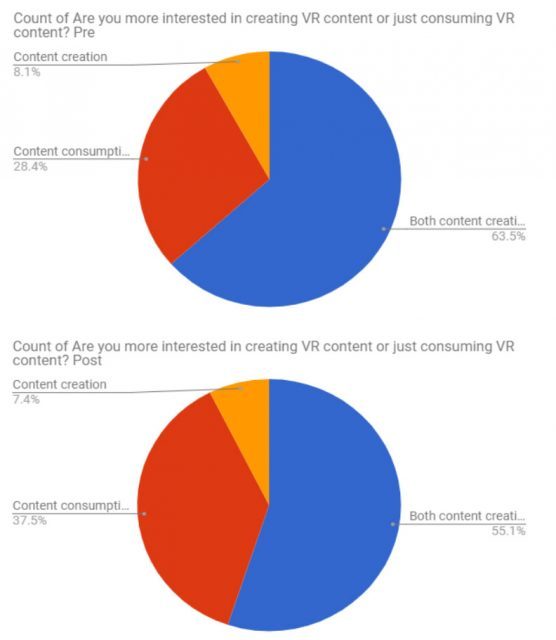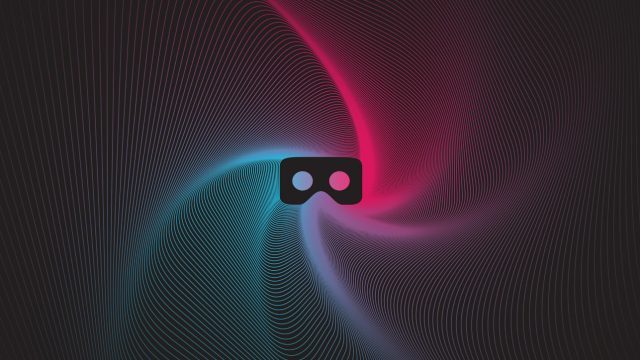Foundry10, a Seattle based philanthropic educational research organization, wanted to explore what happens when you bring VR into the classroom. Following a pilot project started in 2015, Foundry10 has now put VR in the hands of 40 schools and community centers around the world, and measured students attitudes toward the technology.
The data from Foundry10’s initiative is available in two free reports, which begin to lay a foundation of data about how VR might be most useful in the classroom:
The majority of the schools in the study were in the United States and Canada. Headsets were mostly passed out by Foundry10 contacting teachers who had expressed interest in bringing VR to their classroom. A total of 1,351 students from 6th to 12th grade, a majority of them were in the 7th and 8th grades. As for gender, ½ the students were male, a ⅓ were female, and ⅙ did not specify. Most of the students had not tried VR before trying it in school or in a community center.


To gather data student surveys were passed out both pre/post VR experiences. The students surveys were grouped into two categories: VR consumers, those who viewed/engaged with VR content; and VR creators, those who consumed as well as created and/or modified existing content as part of their learning. VR content creation was offered in classes such as Advanced Computer Science, Game and App Development, and Fundamentals of Digital and Visual Arts. Some students were using VR to create artistic work, but those were not included VR content creators since they were not coding. Content creators also were mostly in higher grade levels (majority being in 12th grade), and the majority were male.


Of the students surveyed (regardless of class content) majority were interested in both consumption and creation of VR content. There was a small decrease (moved to consumption only) when comparing post to pre, but still a majority wanted to do both. As for subject matter, students mostly wanted to experience content in concrete subjects such as history or science education.
Initially students were unsure of what to see or what could be done in VR, but there were distinct shifts in before and after. There were positive shifts in categories such as trying new things and historic experiences, but negative shifts in emotions. Students felt that they could learn about places through VR. A teacher offered an anecdote about their students in a rural classroom experiencing a virtual subway ride. This was very impactful on this group of students because majority of them had never seen anything like a subway except in images and video.
Additional questions were recorded in the survey such as what causes breaks in immersion when it comes to VR content (the answer will most likely not surprise you: ). There was also data presented for discomfort experienced by students in VR, which was not overly common, but still something teachers and creators of educational VR content would need to consider in the future.
Also, there was evidence that, in schools where the VR program that did not have support of the school’s administration and IT services, the technology was draining on teachers, regardless of the teacher’s previous interest. Students also had comments on the hardware, in particular the cables being troublesome, so a wireless version would be preferred or less cumbersome experience could be beneficial.
Overall, students had confidence that VR ed content developers were knowledgeable about the content they were creating. They also understood that the technology has a long way to go, but felt the simulations they experienced were realistic. Students also felt that VR was helpful to people, and should be more accessible. At the moment of the published released 30 schools were enrolled for the 2017-2018 program. For more in depth analyses of these finding please visit foundry10. Links for both the in depth study as well as the summary are available there. This was a very intriguing study, and we look forward to seeing their results in the future.

